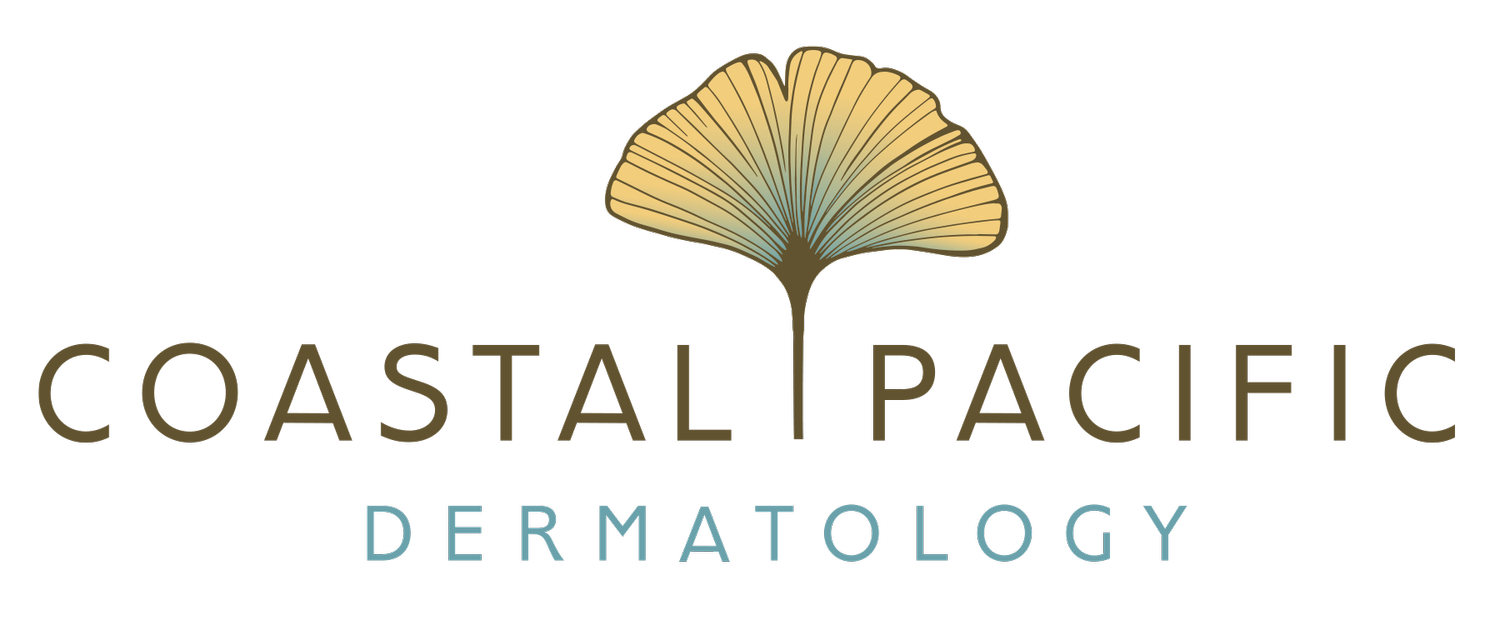Psoriasis
Psoriasis is a very common skin condition that affects 3% of the US population, which is 7.5 million people! It is an autoimmune condition that causes inflammation in the skin, joints, and cardiovascular system. On the skin psoriasis appears as red, inflamed, flaking patches or small scaling bumps. It most commonly occurs on the elbows, knees, neck and low back, but can also appear in the groin, armpits, and chest. Psoriasis can cause itching, pain and skin discomfort, along with loss of sleep, anxiety, and depression. Treatment of psoriasis can not only improve the appearance of the skin but also help with these symptoms.
Psoriasis can also affect the joints and cardiovascular system. Psoriasis in the joints is called psoriatic arthritis, and up to 30% of patients with skin psoriasis will have psoriatic arthritis as well. Signs of psoriatic arthritis include joint swelling, stiffness and pain. It is very important to recognize and treat psoriatic arthritis, to prevent permanent joint damage.
Finally, it is now known that psoriatic inflammation can also affected the cardiovascular system and raise the risk of heart attacks, strokes, and kidney failure. Individuals with psoriasis should speak to a primary care physician about these conditions.
What is Psoriasis?
Psoriasis is an autoimmune skin condition. This means that immune cells in the skin become overactive and drive excess skin growth. Rather than shedding normally, skin cells begin to accumulate and cause thick, flaking plaques and patches. These plaques can be sensitive, itch or burn. These are usually found over the elbows, knees and back, and scalp but can be seen in any area of the body.
Types of Psoriasis
There are numerous types of psoriasis and the major ones include
Plaque psoriasis: This is the most common type of psoriasis and appears as red, flaking plaques usually on the elbows, knees, back, and neck.
Guttate psoriasis: This type of psoriasis appears as small scaling bumps scattered over the body and can be related to Streptococcal infections.
Inverse psoriasis: Inverse psoriasis occurs in the folds of the skin, such as the armpits, groin and under the breasts. It is often associated with yeast and bacterial infections as well.
Palmoplantar pustulosis: This subtype of psoriasis shares some features with eczema and appears as pustules and blisters on the palms and soles.
Psoriasis of special sites: Psoriasis of special sites include involvement of the palms and soles, scalp, or genitals. These areas can be more treatment resistant any require additional therapy.
What causes psoriasis?
The exact trigger for psoriasis is not known. However, specific genetic alterations cause overactivation of genes that control the immune system. The immune system becomes overactive and releases chemicals called interleukins that signal activation of skin cells and excessive skin growth. This leads to psoriasis plaques but also forms the basis for psoriasis treatment, as many treatments aim to decrease interleukin signaling.
Lifestyle choices can also affect psoriasis. Following a Mediterranean type diet that is low in processed foods and high in greens, lentils, and unrefined carbohydrates can reduce psoriasis lesions. Avoiding alcohol and excessive sugar consumption can also improve psoriasis. Maintaining an appropriate weight also improves psoriasis lesions.
“Dr Krishna and her staff has provided the utmost professional treatment plan for my plaque psoriasis. I am getting real results from continual diagnosis and treatment. She is the best.”
How do dermatologists treat psoriasis?
Dermatologists have many tools at our disposal to treat psoriasis. The first step in creating a personalized treatment plan is a detailed medical history, list of current and prior medications, lifestyle review, and personal patient goals of care. Then, a clinical exam is conducted, evaluating the skin, scalp, nails, and joints. Then, a treatment plan is formulated and may include the following.
Lifestyle. Psoriasis is linked to high body mass index, diabetes, high cholesterol and high blood pressure. Maintaining an appropriate weight and managing these conditions will improve psoriasis. Daily exercise and a diet low in processed foods can help tremendously as well, along with good stress management.
Topical therapy. There are many creams available to treat psoriasis, including many non-corticosteroid options. In most cases, a combination of short acting topical corticosteroids and longer term non-steroid creams can provide excellent control of psoriasis. Topical therapy is appropriate for psoriasis over smaller parts of the body.
Light therapy. Narrow band light therapy in a doctor’s office is an excellent, effective and safe treatment option for psoriasis. Light naturally reduces skin inflammation and the use of a narrow spectrum of light is safe and well tolerated.
Biologic therapy. Over the past several years, there has been a renaissance in the treatment ot severe psoriasis. We now have access to safe, effective biologic therapy that can successfully treat many different kinds of psoriasis.
If you have psoriasis or think you may have psoriasis, please call to make an appointment and we would be happy to evaluate you!

